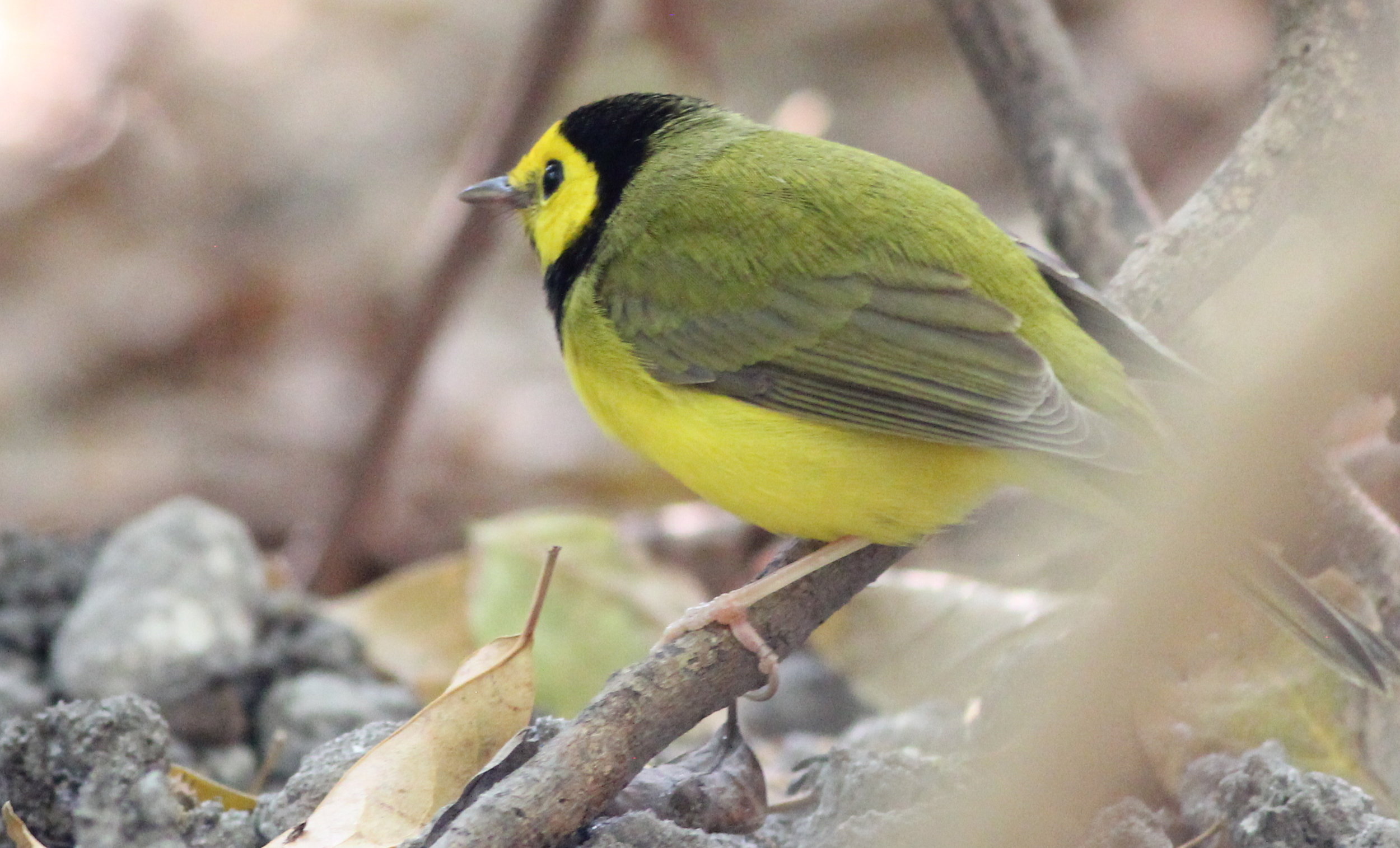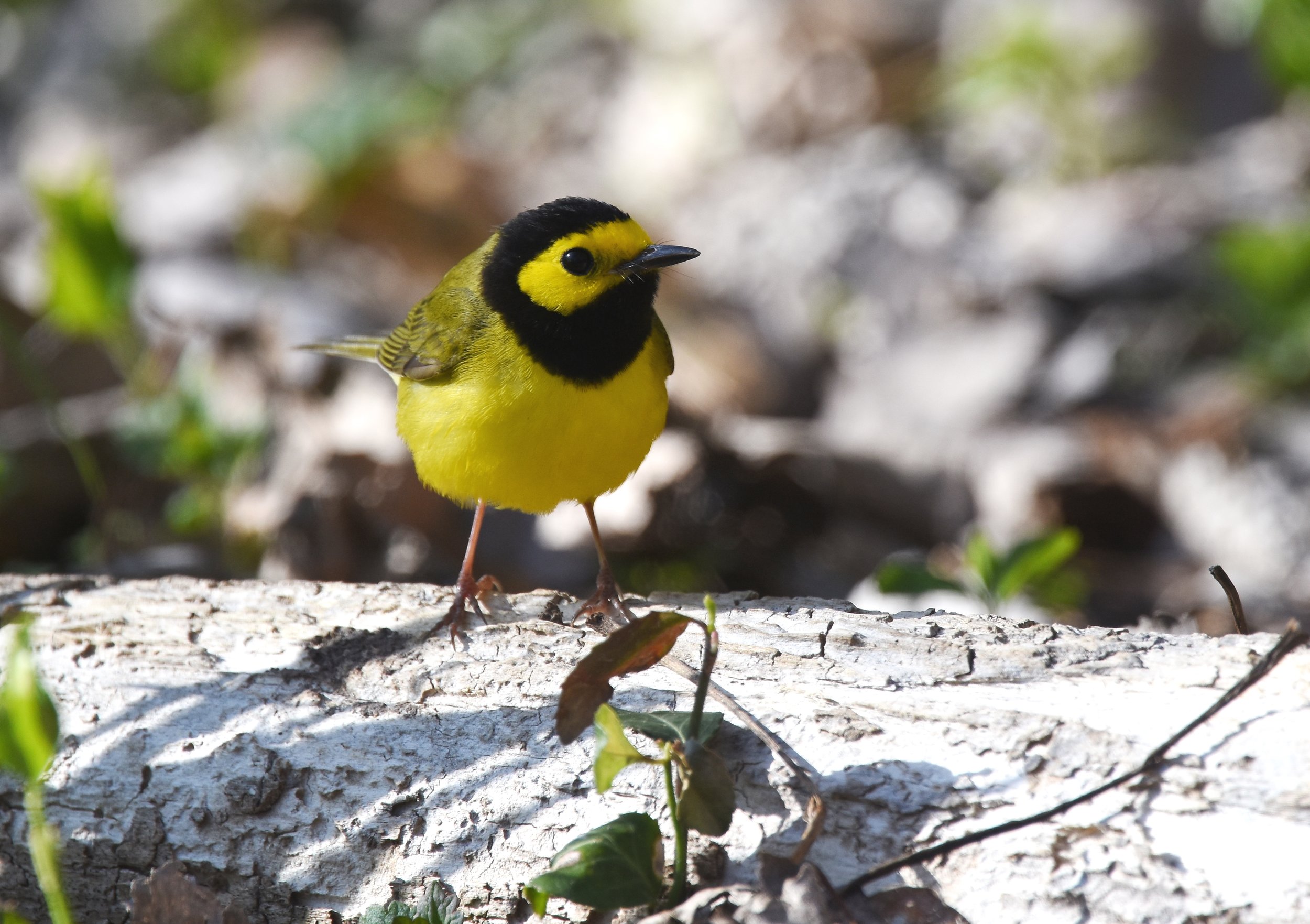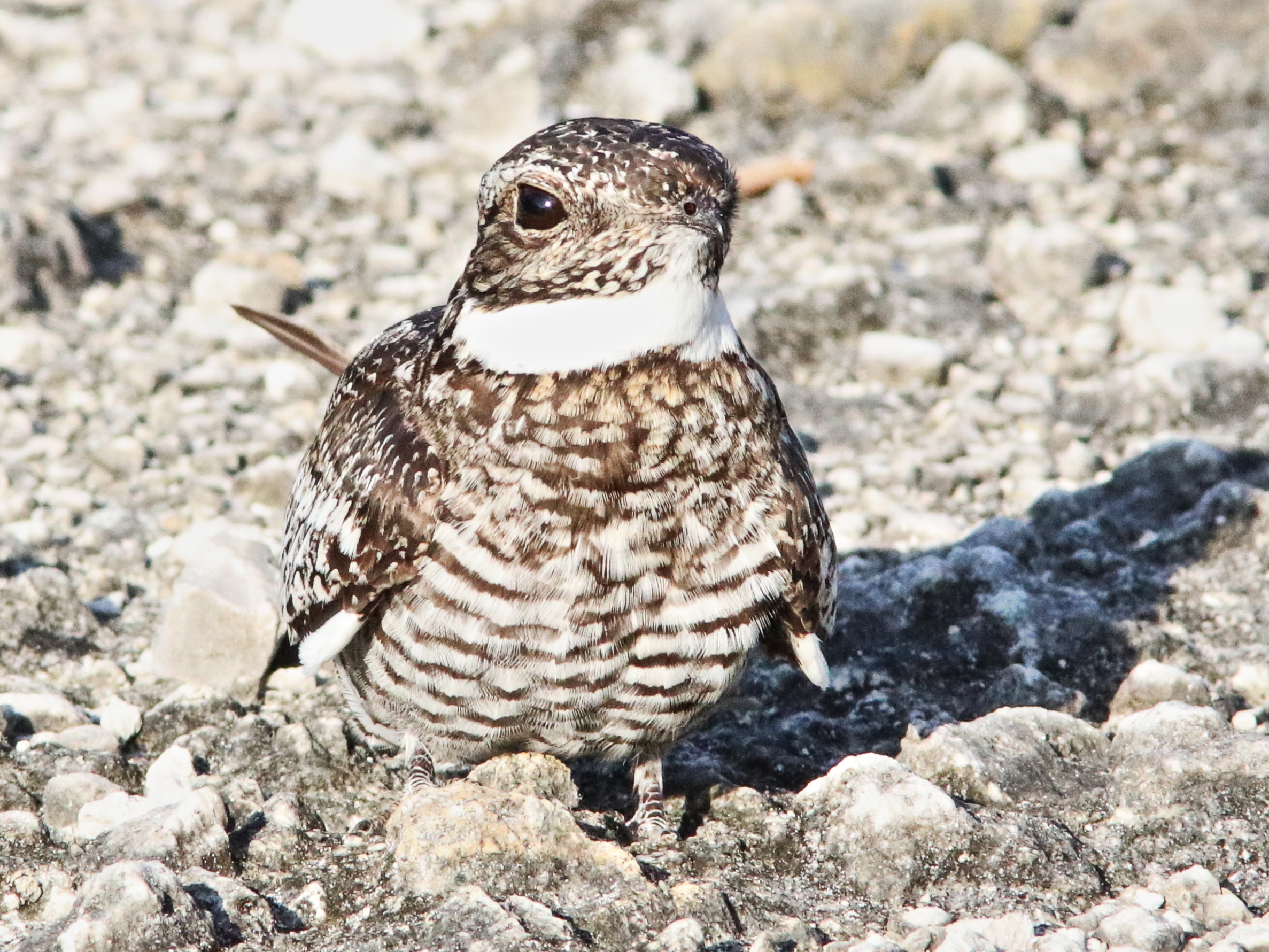Our friend and Goose Pond super-volunteer, JD Arnston, phoned us one evening in late August and reported that he just saw a female Ruddy with seven young about a third-grown on the east Goose Pond! Mark’s second favorite duck is the ruddy duck and we were lucky to see the brood a couple days later. We so enjoy seeing Wisconsin’s only stiff-tailed duck so much that we named one of our golden retrievers Ruddy.
Ruddy ducks are the only “stiff-tailed” duck to breed in North America and easy to identify. Male ruddy ducks have blackish caps that contrast with bright white cheeks. In summer, they have rich chestnut bodies with bright blue bills. In winter, they are dull gray-brown above and paler below with dull gray bills. Females and first-year males are brownish, somewhat like winter males but with a blurry stripe across the pale cheek patch.
USFWS Midwest
We have been trying to confirm ruddy ducks nesting at Goose Pond for the past four years for the second Breeding Bird Atlas. Ruddys probably nest here every year; however, Goose Pond is usually covered with a dense growth of arrowheads by mid-summer, making bird observations difficult. This year we estimated there were eight nesting ruddy pairs and a few more males. We thought this would be a good year to confirm nesting ruddy ducks if we could locate them in the two open water areas on Goose Pond.
Seeing and hearing the males' unusual courtship displays is quite an experience. To woo the female of their desire, males stick their tails straight up while striking their bills against their inflated necks, creating bubbles in the water as air is forced from their feathers. They punctuate the end of the display with a belch-like call. Courting males also lower their tails and run across the water, making popping sounds with their feet.
Dan Streiffert
Male ruddy ducks vying for the attention of one female. The vibrant blue of the bill and use of the stiff tail are unmistakeable. Video by johnfredeen
Sam Robbins in his 1991 Wisconsin Birdlife wrote that ruddy ducks are “Uncommon summer resident south, east, and west.” In 1973, DNR waterfowl biologists estimated the annual breeding population at 400, and within two years their summer numbers rose to 3,200. DNR biologist Jim March was quoted in the mid-1970s saying that “Horicon Marsh attracts the largest summer population each year with smaller numbers scattered over other prairie marshes between Goose Pond and Green Bay.” Ruddys are present at Goose Pond in spring migration, and while the average number of ruddys is typically more modest, on April 24, 2011 Paul Jakoubek reported 200 ruddys just on our humble prairie pothole. (On October 30, 2000, Tom Schultz reported 27,000 ruddy ducks at Lake Maria in Green Lake County!)
Ruddy ducks are a prairie pothole nesting species with 86 percent of the breeding population concentrated in the prairie pothole region of south-central Canada and north-central United States. They are a diving duck that feeds on aquatic invertebrates, especially midge larvae. They feed most actively at night, so you’ll often see ruddy ducks sleeping during the day, head tucked under a wing and tail cocked up.
These diving ducks lay big, white, pebbly-textured eggs—the largest of all duck eggs (2.5 inches long and 1.8 inches wide) relative to body size. Energetically expensive to produce, the eggs hatch into well-developed ducklings that require only a short period of care.
The females have to be in excellent condition to lay eight eggs, an average clutch size laid in nests built over water in bulrush or cattails. This is one reason that they are the last duck to nest in Wisconsin. It is not unusual to see small ruddy ducklings in September. We remember one year seeing very small ruddy ducklings on October first!
A delightful little brood of ruddy fuzzballs follows mama on September 1, 2016 at DM and I, south of Goose Pond. Photo by Mark Martin
Breeding Bird Atlas II map; confirmed nesting is indicated in dark purple. Click here for interactive map.
In the first Breeding Bird Atlas from 1995 to 2000, ruddy ducks (mostly broods) were confirmed in 24 atlas blocks. In the current Breeding Bird Atlas, ruddys have been confirmed in 18 atlas blocks, including three in Columbia County: Goose Pond, Schoeneberg Marsh Waterfowl Production Area/Erstad Prairie, and at a restored 400-acre wetland north of Portage. Nesting observations are in the same area of the state as Robbins reported in 1991 – south, east and west. Ruddy duck populations were stable across North America from 1966 to 2014, according to the North American Breeding Bird Survey.
Ruddy ducks migrate in small groups of 5–15 individuals, usually at night. They follow several migratory corridors fanning to the southwest, south, and southeast from their northern breeding grounds. Note the two breeding areas in Wisconsin.
Range map by allaboutbirds.org
Hopefully you can visit Goose Pond this fall and see these fascinating ducks before they make their way on south.
By Mark Martin and Susan Foote-Martin, Goose Pond Sanctuary resident managers
Cover photo by David Mitchell
Data is from Cornell Lab of Ornithology


























